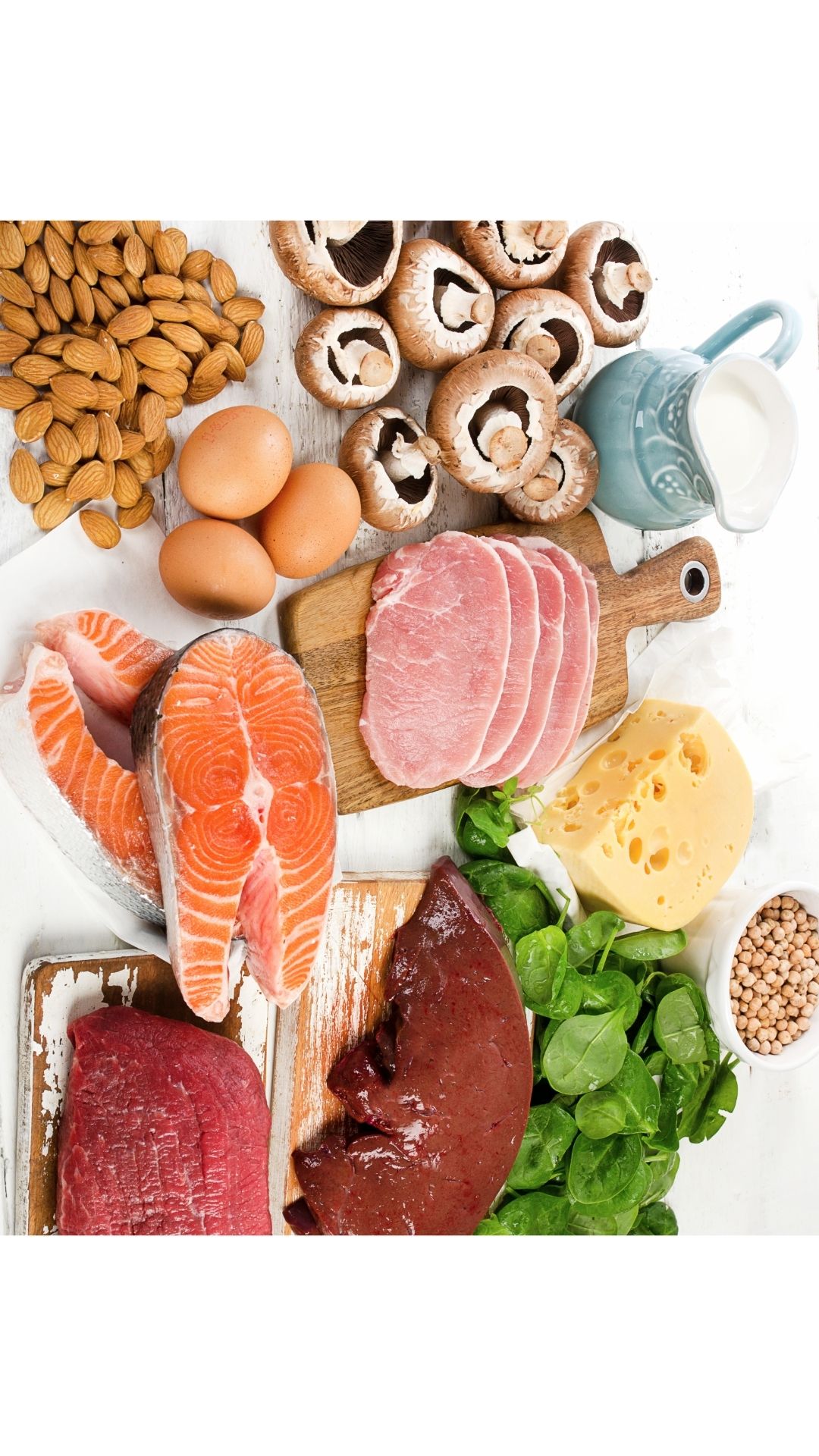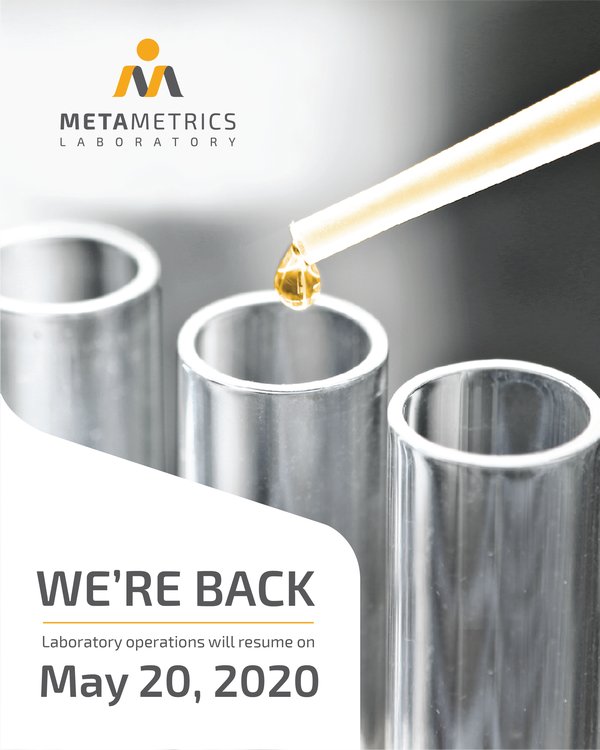Riboflavin helps release energy from foods. It is a cofactor in the mitochondrial respiratory chain
STARTS AT ₱4,200.00
-

10 to 12 hours fasting
-

3 days prior: Discontinue all nonessential medications and dietary supplements. If not possible, specify the list of medications and supplements the patient is taking.
Patient preparation
Riboflavin helps release energy from foods. It is a cofactor in the mitochondrial respiratory chain1. Its most important biologically active forms are flavin adenine dinucleotide (FAD) and flavin mononucelotide (FMN) which act as electron carriers in redox reactions 2. It is readily degraded by light 2.
Signs and Symptoms of Deficiency or Toxicity
Manifestations of inadequate intakes of vitamin B2 include sore throat, lesions in the lips and corners of the mouth, magenta tongue3. However, these classical symptoms are not specific to riboflavin deficiency 4. Severe deficiency can impair body production of niacin 2.
Riboflavin deficiency typically arise from inadequate dietary intake and arises within days 2. It is largely confined in developing countries 4.
Toxicity of water-soluble vitamins is unlikely 4.
Biomarker and Methods of Analysis
RIBOFLAVIN IN WHOLE BLOOD
Riboflavin status may be measured both from the blood and urine.
Riboflavin in whole blood provides an indication of tissue saturation and long term riboflavin status and is a more practical approach to determining riboflavin status 5.
Supplementation Guide
No established clinical guidelines for supplementation.
No upper limit established due to absence of toxicological basis 7.
No known clinical relevant interactions with medications 8.
Prepare for a Test
Find a hospital
Milk and dairy products, meat (especially offal) and fatty fish, cereals, and dark green leafy vegetables 2.
(2) Powers HJ. Riboflavin (vitamin B-2) and health. American Journal lf Clinical Nutrition 2003; 77:1352-1360.
(3) Mayo Clinic Medical Laboratories. (n.d.). Test Catalog. Riboflavin (Vitamin B2), Plasma. Retrieved from https://www.mayomedicallaboratories.com/test-catalog/Clinical+and+Interpretive/42363
(4) Sriram K and Lonchyna VA. Micronutrient supplementation in adult nutrition therapy: Practical considerations. Journal of Parenteral and Enteral Nutrition 2009; 33(5): 548-562.
(5) McAuley E, McNulty H, Hughes C, Strain SS, Ward M. Ribflavin status, MTFHR genotype and blood pressure: current evidence and implicatons for personalized nutrition. The Proceedings of the Nutrition Society, 2010. 10 pp.
(6) Graham JM, Peerson JM, Haskell MJ, Shrestha RK, Brown KH, Allen LH. Erythrocyte ribflavin for the detection of ribflavin deficiency in pregnant Nepali Women. Clinical Chemistry 2005; 51:2162-2165. Retrieved from: https://naldc.nal.usda.gov/download/8731/PDF
(7) Hathcock , John H. Safety of Vitamin and Minral Supplements. Safe Levels Identified by Risk Assessment. April 2004.
(8) Office of Dietary Supplements- National Institutes of Health. (n.d.) Riboflavin. Fact Sheet for Health Professionals. Retrieved from https://ods.od.nih.gov/factsheets/Riboflavin-HealthProfessional/


